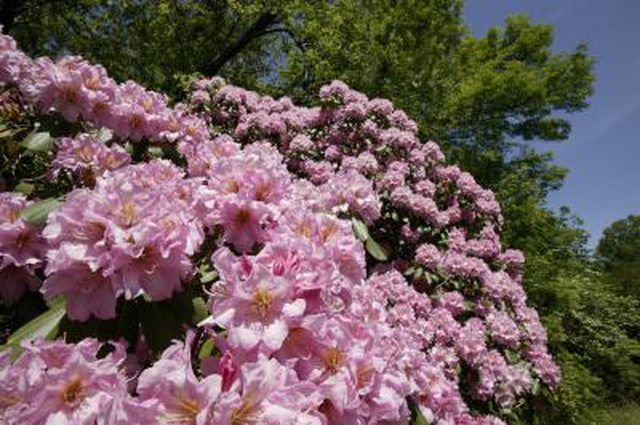Bulbs
Flower Basics
Flower Beds & Specialty Gardens
Flower Garden
Garden Furniture
Garden Gnomes
Garden Seeds
Garden Sheds
Garden Statues
Garden Tools & Supplies
Gardening Basics
Green & Organic
Groundcovers & Vines
Growing Annuals
Growing Basil
Growing Beans
Growing Berries
Growing Blueberries
Growing Cactus
Growing Corn
Growing Cotton
Growing Edibles
Growing Flowers
Growing Garlic
Growing Grapes
Growing Grass
Growing Herbs
Growing Jasmine
Growing Mint
Growing Mushrooms
Orchids
Growing Peanuts
Growing Perennials
Growing Plants
Growing Rosemary
Growing Roses
Growing Strawberries
Growing Sunflowers
Growing Thyme
Growing Tomatoes
Growing Tulips
Growing Vegetables
Herb Basics
Herb Garden
Indoor Growing
Landscaping Basics
Landscaping Patios
Landscaping Plants
Landscaping Shrubs
Landscaping Trees
Landscaping Walks & Pathways
Lawn Basics
Lawn Maintenance
Lawn Mowers
Lawn Ornaments
Lawn Planting
Lawn Tools
Outdoor Growing
Overall Landscape Planning
Pests, Weeds & Problems
Plant Basics
Rock Garden
Rose Garden
Shrubs
Soil
Specialty Gardens
Trees
Vegetable Garden
Yard Maintenance
How to Make Soil Acidic for Rhododendrons
How to Make Soil Acidic for Rhododendrons. Rhododendrons are beautiful dark green plants with thick leaves and a wood stem that are found mostly in mountain regions. They bloom in the spring and early summer with a variety of colors including pink and purple. The reason they grow so well in the mountains is because of the high acidic content in the...

Rhododendrons are beautiful dark green plants with thick leaves and a wood stem that are found mostly in mountain regions. They bloom in the spring and early summer with a variety of colors including pink and purple. The reason they grow so well in the mountains is because of the high acidic content in the soil due to the decay of leaves, pine needles and other debris. To help your rhododendron grow to its full potential, it is best that you create an acidic soil where your plant will be placed.
Things You'll Need
Mulch
Leaves
Bark
or Other organic material
Acidifier or fertilizer
Turn your soil with a pitch fork or hoe so that it is not too compact. Rhododendrons like a light airy soil. This is also the best type of soil to promote decay.
Mix organic matter such as leaves, pine needles and bark into the soil. This material will breakdown over time and release acid into the soil. Rhododendrons are found in areas where there is plenty of decaying material in the soil. Adding organic matter will help to simulate this environment.
Add organic material, from time to time, around the base of the rhododendron so that it can continue to have acid released into the soil. This will act as an acid compost for the plant and provide a rich soil for it to grow in.
Apply a fertilizer with ammonium nitrate to the soil surrounding the rhododendron for a quicker fix. This will lower the pH level and make the soil more acidic.
Treat the soil with an acidifier additive such as Miracid, which is manufactured under the Miracle Gro brand. This is an additive which allows for incremental adjustment of the soil pH for acid loving plants such as rhododendrons, azaleas and gardenias.
Tips & Warnings
Use caution when handling fertilizer and other chemicals. Wear protective clothing including gloves and eye protection.